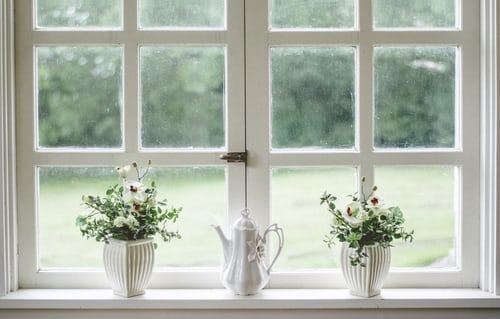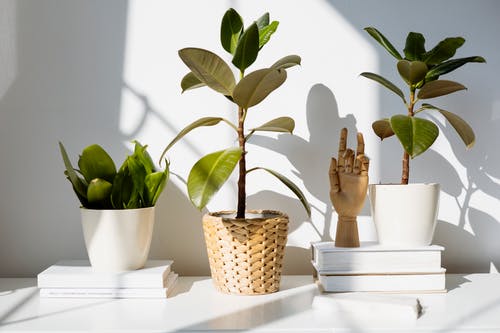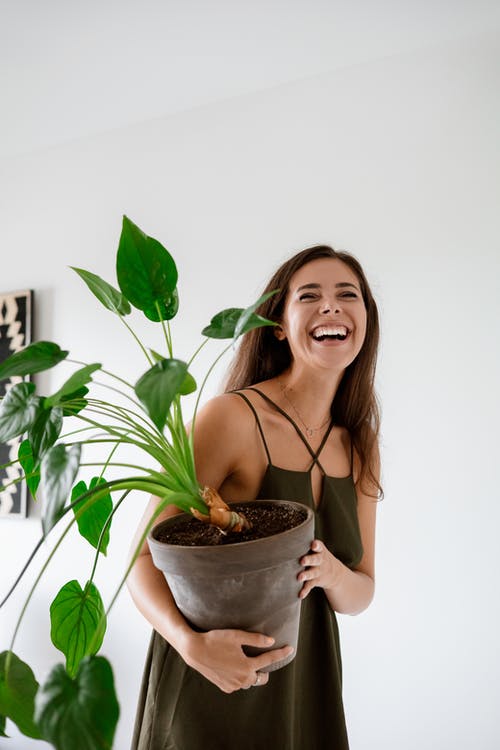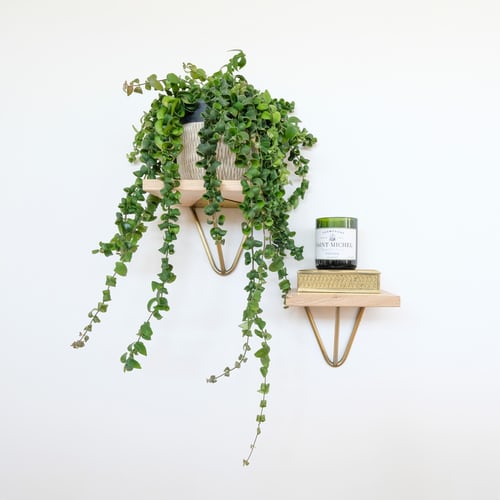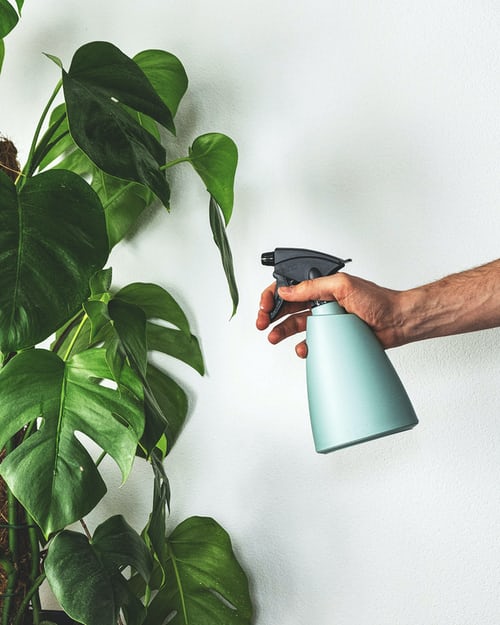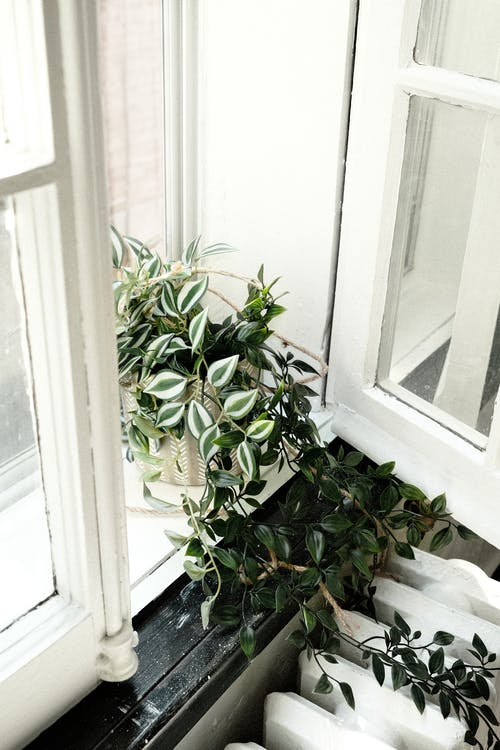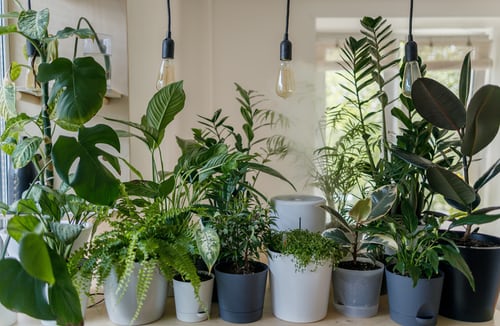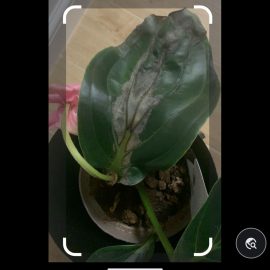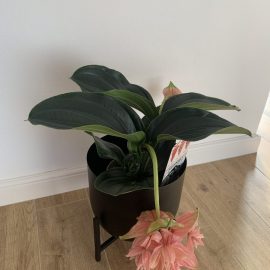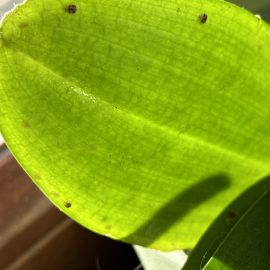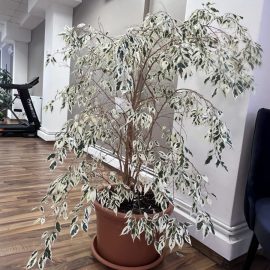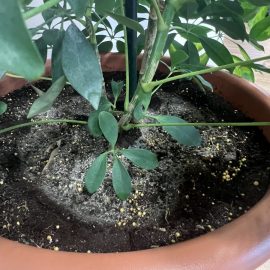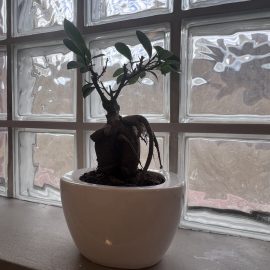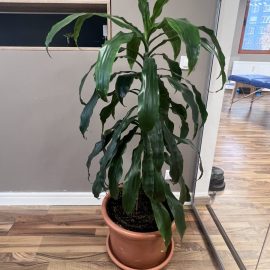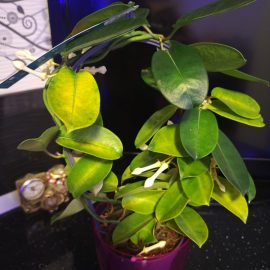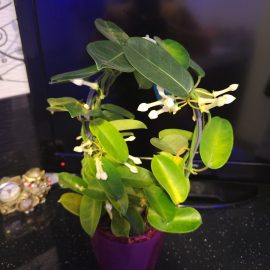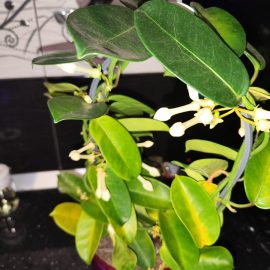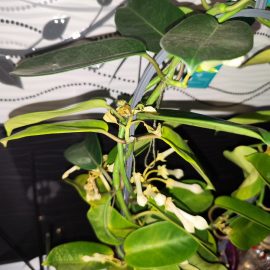Indoor plant placement according to environmental factors
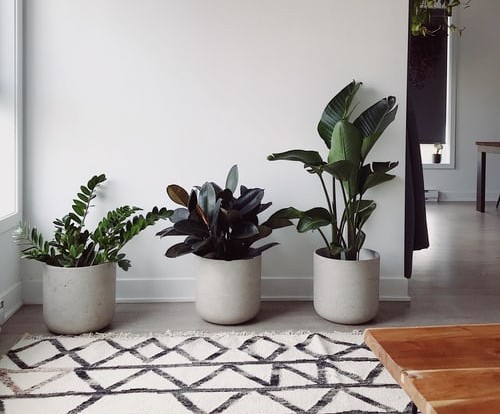
The preferences of the plants towards the environmental conditions are closely related to the natural area of each plant, respectively to the environmental conditions specific to the respective area. The vigor, growth, flowering and health of indoor plants are in direct relation to the environmental factors: light, temperature, atmospheric humidity, drafts, etc. Therefore, we must pay special caution to the location of the plants inside our home. Because moving them from one place to another can cause physiological stress on the plants (manifested by a partial or total wilting of the leaves, the appearance of discoloration or spots on the stems or leaves, etc.), it is recommended to choose a suitable placement for each plant, depending on the specific requirements, since its purchase.
When you get home with the new plant, it is advisable to be documented on the specific needs of the plant in question. In case of buying the plant from a shop, the label can be helpful, since on it you can usually can find the name of the plant and information about the main environmental and care conditions required. If this label is missing, then you can turn to books and magazines or online information sources.
Light
The first thing to keep in mind when choosing a plant location is light. While some plants grow well in full light, or even in direct sunlight, others prefer indirect light and shade.
You can face two situations:
- The purchase of plants according to a predetermined location, for example:
- For the window sill with southern exposure or near it (direct sunlight), you should choose species that love the sun and abundant light, such as: succulent plants (Aloe, Kalanchoe, cacti, etc.), Yucca, bonsai, Strelitzia, jasmine, Aechmea , Gynura, banana trees, avocado, pineapple, olive trees, citrus trees, Araucaria, Gerbera, palm trees etc. However, the strong rays of the sun can cause burns to most plants, therefore, during the summer it is recommended to place a fine curtain between the window and the plant, which has the role of filtering direct sunlight;
- For the window sill with eastern or western exposure and its proximity (stronger light only for a few hours a day), you need to choose species with medium light requirements. Most indoor plant species fall into this category: Japanese rose, Cyclamen, Sansevieria, Chlorophytum, Azalea, Saintpaulia, Pachira, Monstera, Senecio, Begonia, Tillandsia, Ardisia, Zamioculcas, Tradescantia, Potos, Billbergia, Ornamental pepper, Al Oxalis, Poinsettia, etc.
- For the windowsill with northern exposure and its proximity, as well as in other partially closed, shaded spaces, you can choose species adapted to these conditions, such as: Calathea, Hedera, ferns, Aspidistra, Sansevieria, etc.
- Searching for a suitable place in your home, for a purchased / received plant:
- For plants that love direct sunlight, you need to look for a place near a window with a southern, south-eastern or south-western exposure (e.g. succulent plants, Yucca, bonsai, Strelitzia, jasmine, Aechmea, Gynura, banana trees, avocado, pineapple, olive trees, citrus trees, Araucaria, Gerbera, palm trees, etc.).
- For plants that prefer light in moderate amounts, you should look for a place near a window with eastern or western exposure (e.g. Japanese rose, Cyclamen, Sansevieria, Chlorophytum, Azalea, Saintpaulia, Pachira, Monstera, Senecio, Begonia, Tillandsia, Ardisia, Zamioculcas, Tradescantia, Potos, Billbergia, Ornamental pepper, Alocasia, Oxalis, Poinsettia, etc.).
- For plants that tolerate partial shade and shade, you have to look for a place near a window with a northern exposure or in other partially closed, shaded spaces (e.g. Calathea, Hedera, ferns, Aspidistra, Sansevieria, etc.).
Temperature
The optimal temperature for each plant species can be found on its label, respectively in books and specialized magazines or in the online environment, as well as in our articles.
Senecio, Capsicum, ferns, Poinsettia (Euphorbia) and Sanseviera are just some of the plants adapted to lower temperatures. At the other extreme, there are species that prefer high temperatures, such as Philodendron, Strelitzia, Passiflora, Guzmania, Fittonia, pineapple, mango and other exotic species.
In the case of indoor plants, the label specifies the optimal temperature for the vegetative growth period and the one for the dormancy period or hibernation period, if applicable. Some species require a hibernation period in lower temperature conditions. Otherwise they will not bloom in the next growing season. Among the plants for which hibernation at lower temperatures is recommended, we mention: bay laurel, geraniums, jasmine, Clivia, Plumeria, cacti, Bougainvillea, Dipladenia, gerbera, Acalypha, Senecio, Abutilon, etc. These species are usually moved from one room to another in late fall and early spring.
The oscillation between the temperature during the day and the one during the night is another important factor in the case of some ornamental species, such as geraniums or gerbera. They prefer temperatures of 18-24 ℃ during the day and 10-16 ℃ at night.
Caution! It is not recommended to place the plants near the radiators or above them, on the windowsill!
Atmospheric humidity
When choosing the right place for plants, we must take into account the requirements of the species in terms of atmospheric humidity. Species native to the tropics prefer a higher humidity (70-90%), while species that grow naturally in arid areas, vegetate well in low humidity conditions (40-50%). Usually, the room with the highest relative humidity in a home is the bathroom. If enough natural light enters the bathroom, we can place some plants that love high atmospheric humidity here.
Species adapted to dry air: succulent plants, Agave, bay laurel, geraniums, gerbera, etc..
Species that prefer moderate atmospheric humidity: Azaleas, Chinese rose, Clivia, Fittonia, Oxalis, Aechmea, Hippeastrum, Saintpaulia etc.
Species with high requirements in terms of atmospheric humidity: Strelitzia, coconut and other palm trees, Aglaonema, Ardisia, citrus trees, Orchid, Monstera, Ivy, Schefflera, Calathea, Billbergia, Plumeria, Fuchsia, Dracaena, Philodendron, Dipladenia, Vriesea etc.
A higher humidity can be ensured in different ways for species that are placed in a drier environment:
- By regularly spraying the leaves with soft water;
- Placing the flower pots on a tray with various decorations and water (for example on stones, shells, beads, expanded clay balls, moss, etc., without the pot being in direct contact with the water);
- Placing the plants in groups (thus creating a wetter microclimate).
Atmospheric humidity must be correlated with room temperature and soil humidity. Plants can react to unsuitable air humidity by wilted leaves, falling leaves, by the occurrence of spots on the stems and leaves, by forming smaller leaves or by other specific symptoms.
Ventilation and drafts
Drafts can positively or negatively affect various species of plants. For proper vegetation, most houseplants need regular ventilation. In the absence of ventilation, the humidity of the air increases, and molds quickly appear on the surface of the potting soil. However, placing plants in areas with drafts can negatively affect some plant species. Thus, we must choose the location according to the ventilation system / ways, so that the species sensitive to drafts are not placed between two windows, between two doors or between a door and a window (which are frequently left open). Among the species with high sensitivity to drafts we want to mention Poinsettia, Begonia, Codiaeum, Lilies, Orchids, Croton, Fig trees, etc.
Additionally, the application of specific fertilizers helps the plants to overcome more quickly the stress caused by the negative action of some unfavorable environmental factors.
Recommended products
-
You can find products on a different store
Change Store -
You can find products on a different store
Change Store -
You can find products on a different store
Change Store -
You can find products on a different store
Change Store -
You can find products on a different store
Change Store -
You can find products on a different store
Change Store -
You can find products on a different store
Change Store -
You can find products on a different store
Change Store -
You can find products on a different store
Change Store -
You can find products on a different store
Change Store -
You can find products on a different store
Change Store -
You can find products on a different store
Change Store -
You can find products on a different store
Change Store -
You can find products on a different store
Change Store -
You can find products on a different store
Change Store -
You can find products on a different store
Change Store -
You can find products on a different store
Change Store -
You can find products on a different store
Change Store -
You can find products on a different store
Change Store -
You can find products on a different store
Change Store -
You can find products on a different store
Change Store -
You can find products on a different store
Change Store -
You can find products on a different store
Change Store -
You can find products on a different store
Change Store
Grouping plants
If we want to place several plants in one place, it is recommended to associate the plants with similar requirements. For example, light-loving plants and those that prefer high humidity can be placed together near a south-facing window, and plants that need low temperatures and low light for hibernation (winter) can be grouped in a room that meets these requirements.
When grouping plants, in addition to the environmental requirements of each plant, we must pay special caution to the health of the plants to be placed together. It is recommended to check the condition of the soil, the roots (if possible), stem, leaves (on both sides) and flowers, if necessary. If a plant has symptoms specific to diseases of pathogenic origin or characteristic of pests attacks, it will be isolated, and in no way will it be placed near other healthy plants. The health of each plant will be checked periodically, so that the occurrence of diseases or pests can be detected in time and controlled.














































































































































































































































































































































































































































